https://ospreypublishing.com/thisweekhistory/
Intended to relieve the pressure on the front at Verdun, the Somme offensive proved catastrophic from the onset. On the first day alone 20,000 British soldiers were killed and a further 40,000 injured in what remains the bloodiest day in the history of the British Army. After nearly five months of brutal trench warfare, total casualties on both sides topped one million, with only six miles of ground taken. By all accounts, the battle was disastrous. Prime Minister Lloyd George considered it ‘the most gigantic, tenacious, grim, futile and bloody fight ever waged in the history of war.’
An extract from Essential Histories Specials 2: The First World War - The war to end all wars
The bloody first day
The bloody first day
At 7.30 am on 1 July 1916 the British barrage lifted from the enemy front trenches. Along a 14-mile stretch, Rawlinson’s infantry moved forward - many in long lines. In most places on that hot morning the attackers lost the ‘race to the parapet’, failing to get through the enemy’s wire and into the front trenches before the Germans came up from their deep dug-outs to man their machine guns. This time Rawlinson had misjudged the difficulties in seizing the German front line in a set-piece assault. Thanks to their dug-outs and the British artillery’s inability to destroy the wire, many Germans survived the bombardment to mow down the attackers in rows as the latter tried to cross No Man’s Land at a steady pace. To add to the Fourth Army’s problems, British counter-battery work was largely ineffective and hitherto unlocated German guns now opened fire, increasing the scale of slaughter.
The explosion of huge mines under the German trenches at La Boisselle, in the British 34th Division’s area, and at Hawthorn Redoubt, on the front of VIII Corps, did not materially assist the attack. In fact, the ill-conceived decision by VIII Corps to lift its barrage when the Hawthorn Redoubt mine was detonated at 7.20 am merely gave the defenders an additional ten minutes to line their parapets and contribute to the British disaster between Serre and Beaumont Hamel. Elsewhere along the British front, over-optimistic and rigid fire plans - with the artillery lifting from one objective to another in accordance with an inflexible timetable - not only carried the barrage too far ahead of the infantry but also meant that it was well-nigh impossible to bring it back.
Even on that bloody morning the story was not one of unrelieved misery. On the southern flank of Fourth Army, where the attackers were much helped by the presence of French heavy guns on their right, the 30th and 18th Divisions, using more imaginative tactics, captured all their objectives in the Carnoy-Montauban sector. Next to them, the 7th Division took Mametz. The percipient Major-General Ivor Maxse, commanding the 18th (Eastern) Division, moved his assaulting infantry into No Man’s Land before zero hour, giving them a head start in the ‘race to the parapet’. He also employed an early form of creeping barrage, as did the 7th Division at Mametz. These limited British successes on 1 July were overshadowed by the progress of Fayolle’s French Sixth Army on the right. As well as possessing a preponderance of heavy guns, the French demonstrated that they were digesting the lessons of Verdun, sending their infantry forward in small groups rather than long lines and making better use of available cover.
At other isolated spots on the British front there were tantalising early gains. The battalions of the 36th (Ulster) Division, some of which were also deployed in No Man’s Land before the assault, attacked the fearsome defences at Thiepval and, displaying splendid zest and courage, took the Schwaben Redoubt. The comparative lack of movement by neighbouring divisions, however, compelled the Ulstermen to pull back by nightfall. In the north, at Gommecourt, Territorial troops of the 56th (London) Division also captured their objectives but they too were forced to withdraw when the 46th Division was repulsed.
For a shallow penetration - just a mile – on a length of front less than four miles wide the BEF lost 19,240 officers and men killed and 35,493 wounded. The frightful total of 57,470 casualties made 1 July 1916 the bloodiest day ever in British military history. The 34th Division alone -containing four Tyneside Scottish and four Tyneside Irish battalions - incurred 6,380 casualties, and 32 battalions suffered losses of more than 500, or over half their battle strength.
The death or maiming of such a large number of Britain’s citizen-soldiers in a single day had a massive effect on the national psyche. Moreover, after the first day of the Somme offensive, the dilution of the highly localised BEF of mid-1916 was inevitable. Partly to lessen the concentrated and dramatic impact of battle losses on particular communities, it became deliberate policy - under a reorganised reserve and drafting system from the summer of 1916 onwards - to draw casualty replacements from a common pool rather than from their parent regiments. In any case, within a few months, conscripts were entering the ranks of the BEF.
The tactics of the Great War were based on experience of colonial wars of the late-19th century, and the general feeling amongst the general staff that any European war would be short and sharp. The trench system that developed was anathema to the High Command, who tried the most obvious methods of overcoming it. In practical terms, this meant extended artillery bombardment, to destroy wire and emplacements, which it conspicuously failed to do. By the time the attacking force had left their trenches the opposing lines were bristling with rifles and machine-guns. Advancing British soldiers were forbidden to fire at the enemy, but were required to hold their rifles at the port (across their chests), and tackle the enemy with grenades and bayonets. These tactics failed again and again, and many units adopted more flexible methods of attack to try to reduce casualties. It was not until 1917 that tactical doctrine began to change, with creeping barrages that moved with the infantry, tank support to deal with strongpoints, and fire and movement tactics within infantry platoons to enable them to get forward in the attack.
Despite the dangers, there was a familiarity about trench life that afforded the ordinary soldier a degree of comforting routine. All of this vanished once it became common knowledge that a ‘big show’ was in the offing. The illusion of security was soon shattered with the prospect of going ‘over the top’ as most experienced soldiers knew how slim their chances of survival could be. Probably the worst affected were those who had never before experienced battle, as their imaginations ran riot with the terrors of the unknown that lay ahead of them. It was the waiting beforehand that was the hardest thing to come to terms with, and it affected men in different ways. Some became quiet and withdrawn, others cracked jokes to cheer their chums up. A few had premonitions about their futures, taking a friend into confidence.
Having been told his battalion of the Manchester Regiment, would be attacking the following morning, 19-year-old Pvt. Wells could not sleep. ‘I crawled out of my dugout and stood staring at the stars, thinking I may never see them again. We had a man in our company called Charlie, who I had become very friendly with. He’d been over since Loos, and was very experienced. Well, he came up to me and stood puffing on his pipe. He asked me if I was frightened, and I said yes. He told me about his first battle, and how he never once fired his rifle, and by the time he finished I was feeling better. He then said an odd thing, that he was sorry he hadn’t got to know me earlier and it was a pity it was too late. Then he shook my hand and went.’
At the appointed hour, officers would blow their whistles, and the men would file quietly forwards, using scaling ladders to negotiate the steep parapet, usually into a hurricane of retaliatory small arms fire. Progress was slow, as the men were heavily laden: Pvt. Jarman carried 250 rounds of ammunition, Mills bombs in a bandoleer, and a shovel, as well as webbing, rifle and bayonet. Once they were clear of the trench, the men theoretically would hold formation around their officers, and keep extended line, whilst walking steadily towards the enemy. In practice, no man’s land was an inferno of noise and smoke, with machine-gun bullets, shellfire and screams. Few men could concentrate on the task in hand, and Will Wells’s experience was to remain with him for the rest of his life.
‘We got into no man’s land, and I followed the first line into the smoke. Everything seemed unreal – the noise was so great that it just became a constant sound, and I could see men dropping, like puppets with no strings. I wondered why they didn’t keep up. I didn’t recognise it then as a sign they had been shot dead. I kept close to old Charlie, and soon we were up to the wire. We were told not to bunch up, but men did which made them easier targets. A group of men were running along, trying to find a way through the wire, and just folded up as a machine-gun caught them. Charlie jumped into a shellhole and I followed. When the fire slackened I asked him if we should go back, but he was dead, hit in the head by a bullet. At dusk I crawled back to our lines. It all seemed like a bad dream, but I didn’t realise until next day how close I had been to dying.’
Not all attacks were such dismal failures. Even the General Staff learned eventually that frontal assaults on heavily defended positions were doomed to failure, and by 1917 a more flexible approach was being taken to fighting. For the battle of Messines, soldiers were taken to see scale models of the areas to be attacked, as well as being briefed on tactics and objectives. This was a far cry from previous years, and was appreciated by many rank and file. Harry Wood, by then a corporal, was impressed by the planning, and more so by the execution of it.
‘Before zero hour, we crawled into dead ground in front of our trenches and lay there. When the barrage started, we got up and were in the trenches before Jerry knew what was happening. Most were too dazed by the mines to put up a fight. We left our mopping-up party behind and followed the barrage over the next [trench] and took their second line with little trouble. I had the Lewis gun and got great satisfaction from shutting up a German machine-gun post that had been bothering our flank. My officer told me that I’d get an award for it, but he was killed later, and I never did.
‘The worst bit was holding the trench and waiting for reinforcements. Jerry tried counter-attacking, but we beat them off. They got so close that I had to use my pistol when the Lewis was empty. I wasn’t frightened at all then, but got a bit shaky when we were relieved. I was glad to come out alive.’ Generally, men were too keyed up after battle to feel much except relief at their own survival. It was only after they were sent back to reserve lines or billets that their experiences began to prey on their minds. The loss of friends was particularly hard to bear, and small groups of silent men would be found wandering listlessly around. ‘After roll call, I went around to see if any men I knew had come out (alive). There were almost no faces I recognised. I was really fed up and sat on my own. It seemed that the spirit of the battalion had gone with all the old faces, and I didn’t think it would ever be the same. Six months later though, I was one of the “old sweats”, and I realised that you can’t dwell on the past, you just keep going.’ (W. Wells) The lucky ones were those able to walk out after combat. For the others, it was a different story.
Further Reading
Our website provides a full listing of our extensive selection of First World War titles. Essential Histories Specials 2: The First World War - The war to end all wars (extract below) details the Great War that raged for over four years across the tortured landscapes of Europe, Africa and the Middle East, changing the face of warfare forever.
Men-at-Arms 391: The British Army in World War I (1) The Western Front 1914-16, Men-at-Arms 402: The British Army in World War I (2) 1915-17, Warrior 16: British Tommy 1914-18 (extract below) and Men at Arms 286: The French Army 1914-18 detail the experiences, uniforms and equipment of the Allied forces who fought in the trenches of the Somme.
Men-at-Arms 407: The German Army in World War I (2) 1915-17 and Elite 97: The Kaiser’s Warlords - German Commanders of World War I (extract below) profiles some of the German Army’s most memorable commanders, including General Falkenhayn, Chief of the General Staff at the start of the Somme conflict.
Elite 84: World War I Trench Warfare (2) 1916-18, Fortress 24: Fortifications of the Western Front 1914-18 and New Vanguard 100: British Mark I Tank 1916 give a glimpse into the horrors of trench warfare and the armoured fighting vehicles developed to manoeuvre across the harsh terrain.
Our website provides a full listing of our extensive selection of First World War titles. Essential Histories Specials 2: The First World War - The war to end all wars (extract below) details the Great War that raged for over four years across the tortured landscapes of Europe, Africa and the Middle East, changing the face of warfare forever.
Men-at-Arms 391: The British Army in World War I (1) The Western Front 1914-16, Men-at-Arms 402: The British Army in World War I (2) 1915-17, Warrior 16: British Tommy 1914-18 (extract below) and Men at Arms 286: The French Army 1914-18 detail the experiences, uniforms and equipment of the Allied forces who fought in the trenches of the Somme.
Men-at-Arms 407: The German Army in World War I (2) 1915-17 and Elite 97: The Kaiser’s Warlords - German Commanders of World War I (extract below) profiles some of the German Army’s most memorable commanders, including General Falkenhayn, Chief of the General Staff at the start of the Somme conflict.
Elite 84: World War I Trench Warfare (2) 1916-18, Fortress 24: Fortifications of the Western Front 1914-18 and New Vanguard 100: British Mark I Tank 1916 give a glimpse into the horrors of trench warfare and the armoured fighting vehicles developed to manoeuvre across the harsh terrain.
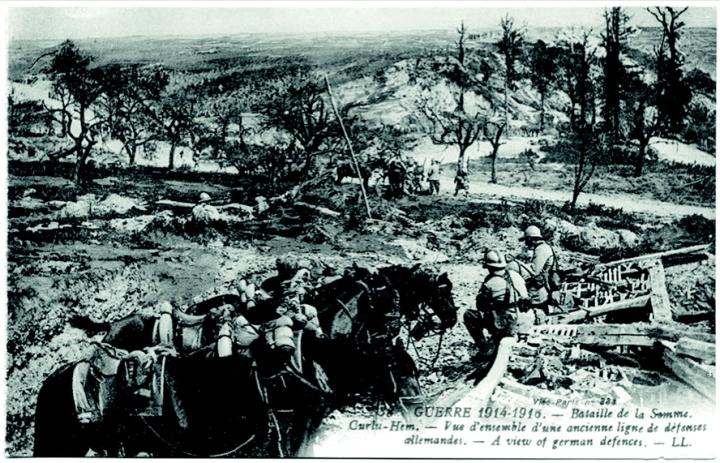

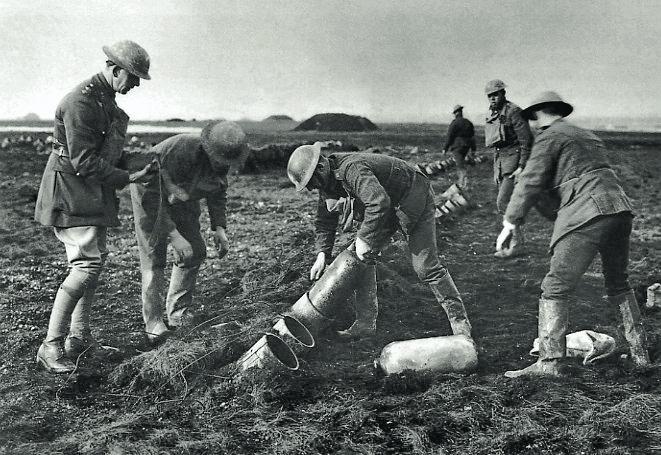
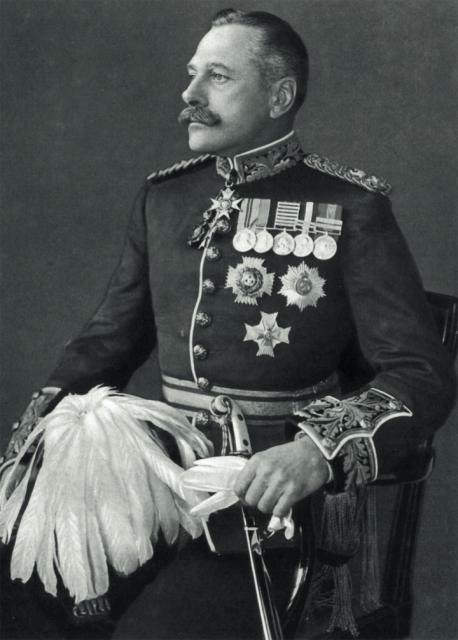
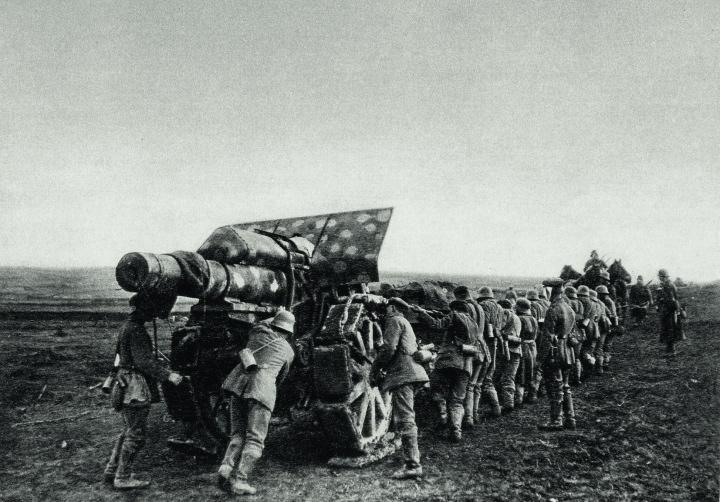
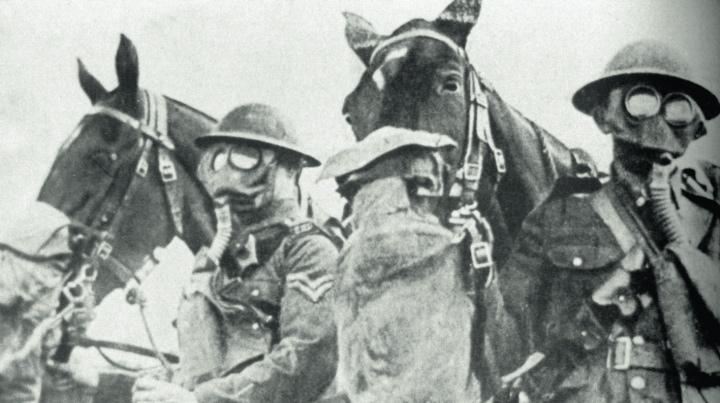
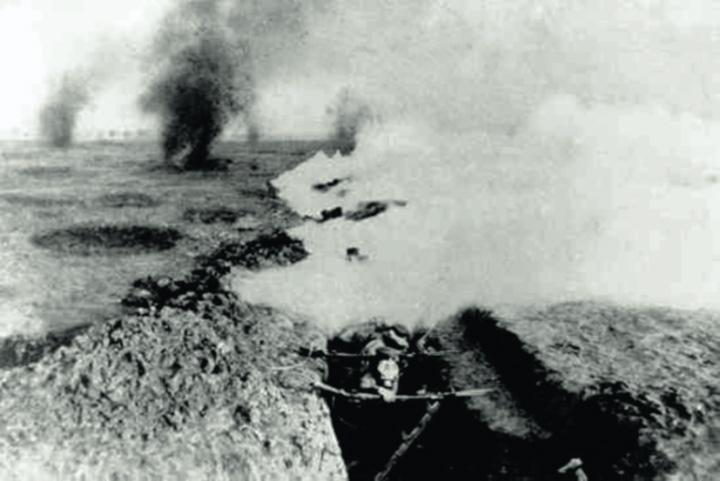
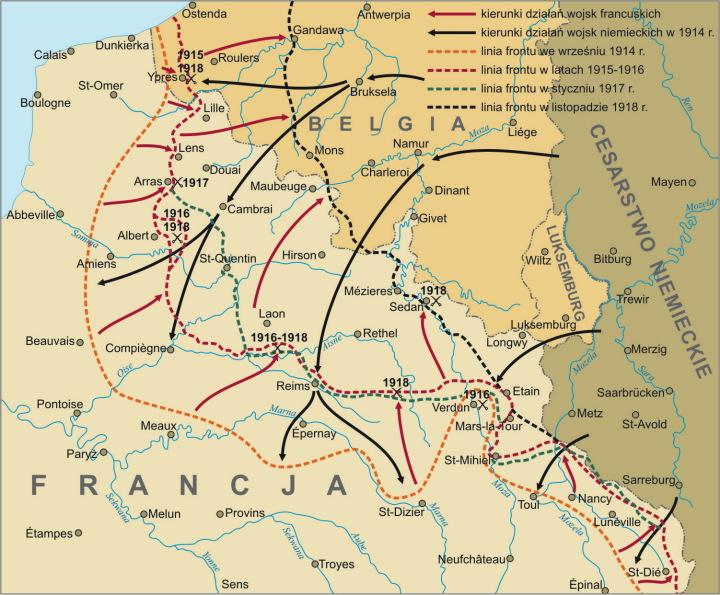
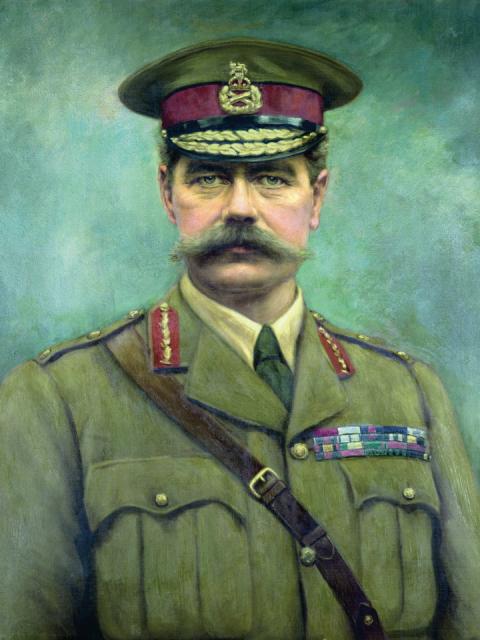
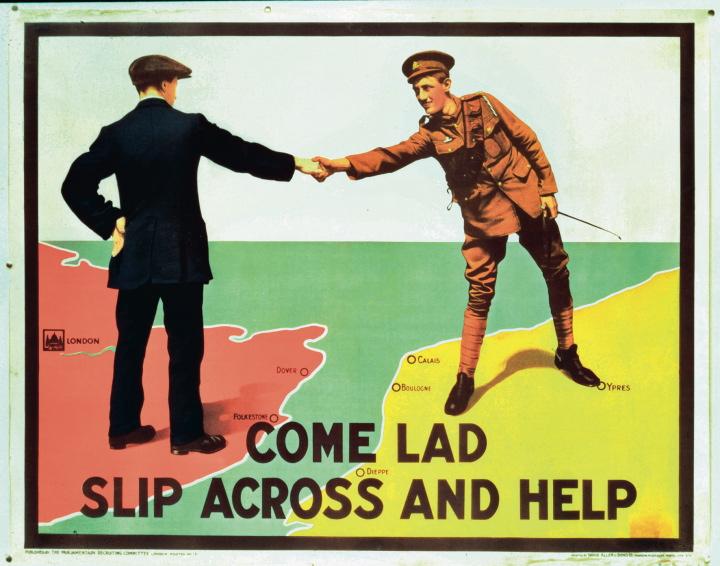
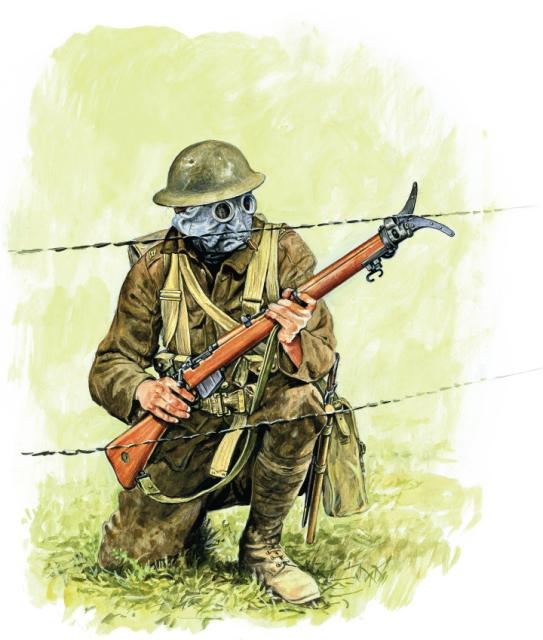
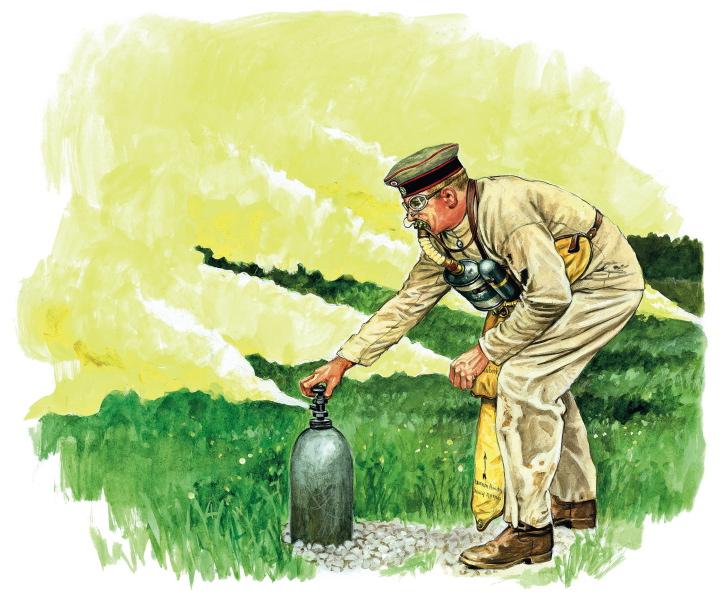
No comments:
Post a Comment